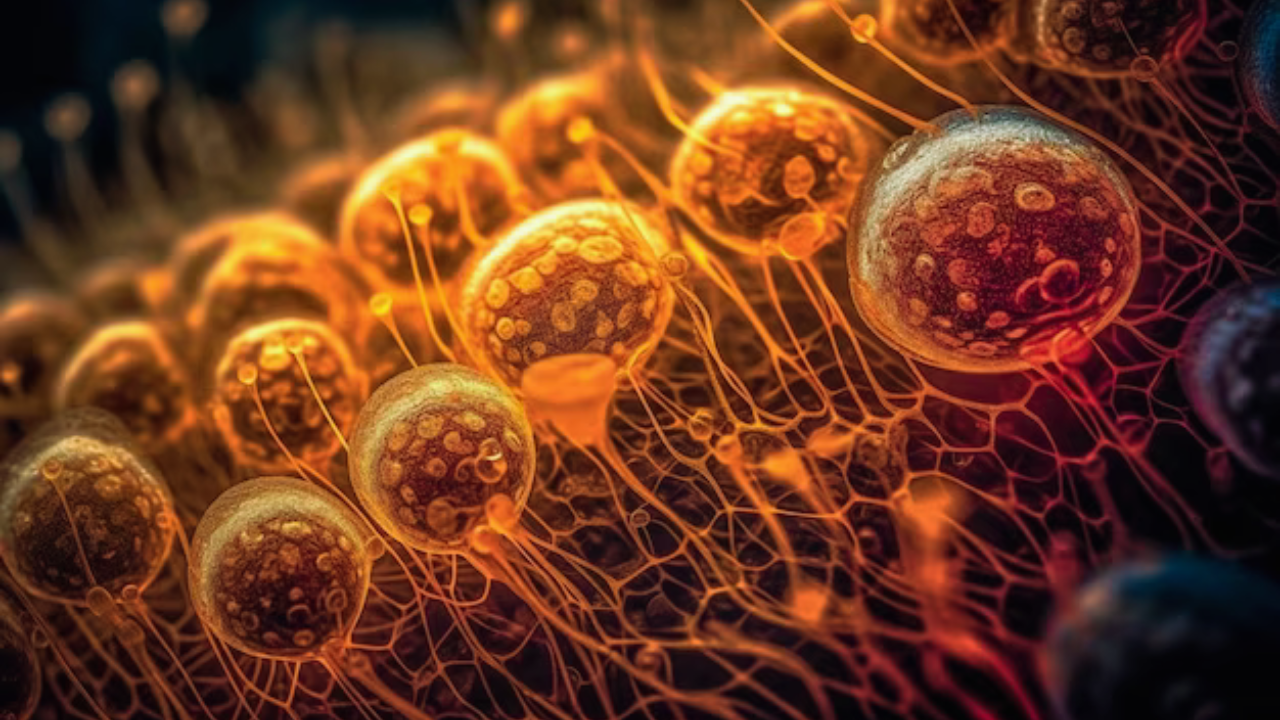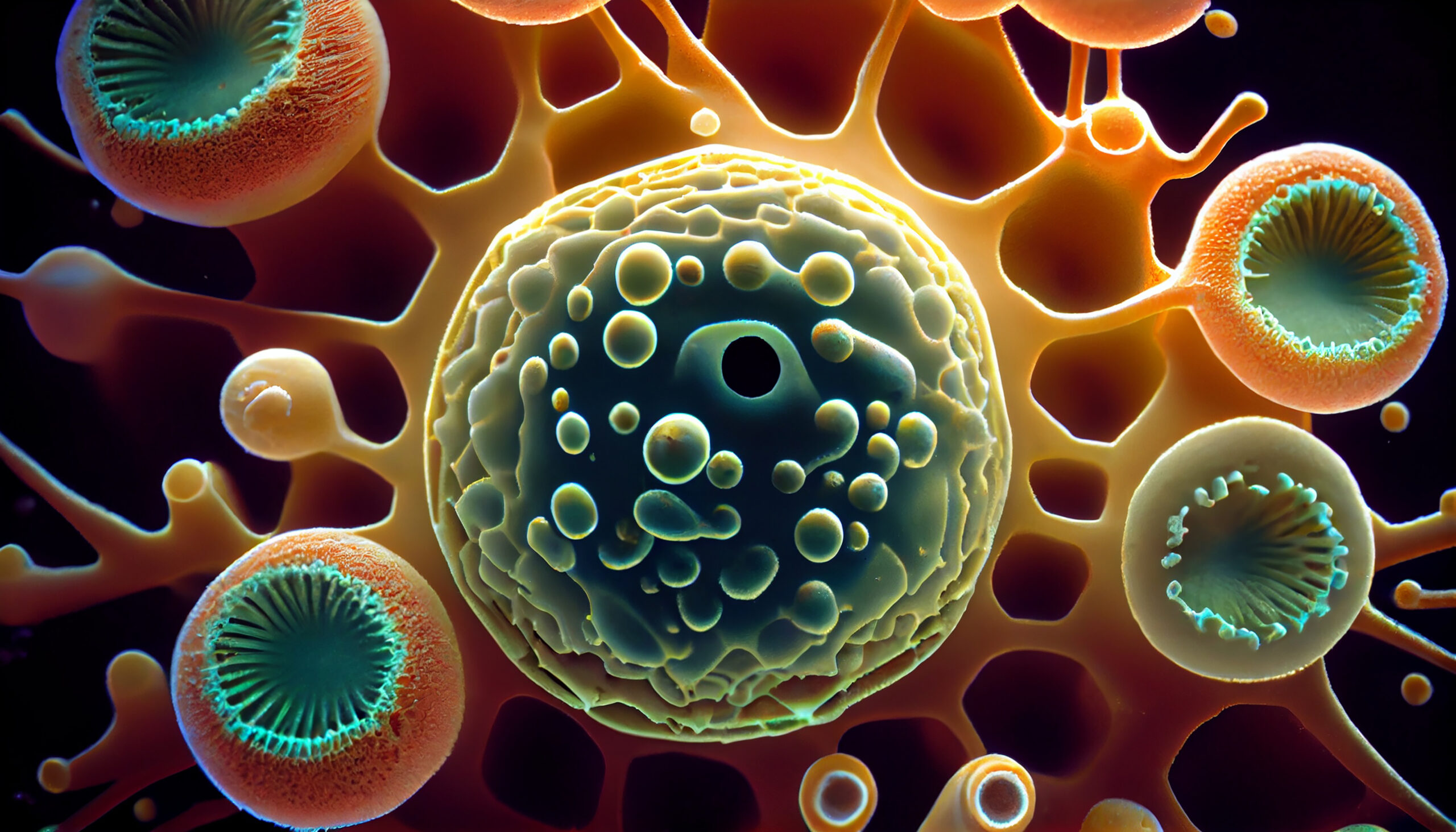
INTRODUCTION:
Understanding Leukemia: Types, Symptoms, and Treatment Options
Leukemia, a type of cancer that affects the blood and bone marrow, is a condition that requires attention and understanding. Characterized by rapid production of abnormal white blood cells, the disease can affect anyone, regardless of age or gender. In this comprehensive guide, we’ll discuss the different types of leukemia, common symptoms, and available treatment options.
Types of Leukemia:
Acute Lymphoblastic Leukemia (ALL): This type primarily affects children and progresses rapidly, impacting immature blood cells.
Chronic Lymphocytic Leukemia (CLL): More common in older adults, CLL progresses slowly, affecting mature blood cells in the bone marrow.
Acute Myeloid Leukemia (AML): Affects both adults and children, involving the rapid growth of abnormal myeloid cells.
Chronic Myeloid Leukemia (CML): Often seen in adults, CML progresses slowly, causing an overproduction of myeloid cells.
Symptoms:
Recognizing the symptoms of leukemia is crucial for early diagnosis. Common symptoms include:
Fatigue: Persistent tiredness or weakness.
Frequent infections: due to compromised immunity.
Bruising or bleeding easily: Unusual tendency to bruise or bleed.
Enlarged lymph nodes: Swollen lymph nodes, especially in the neck or armpits.
Unexplained Weight Loss: Sudden and unexplained weight loss
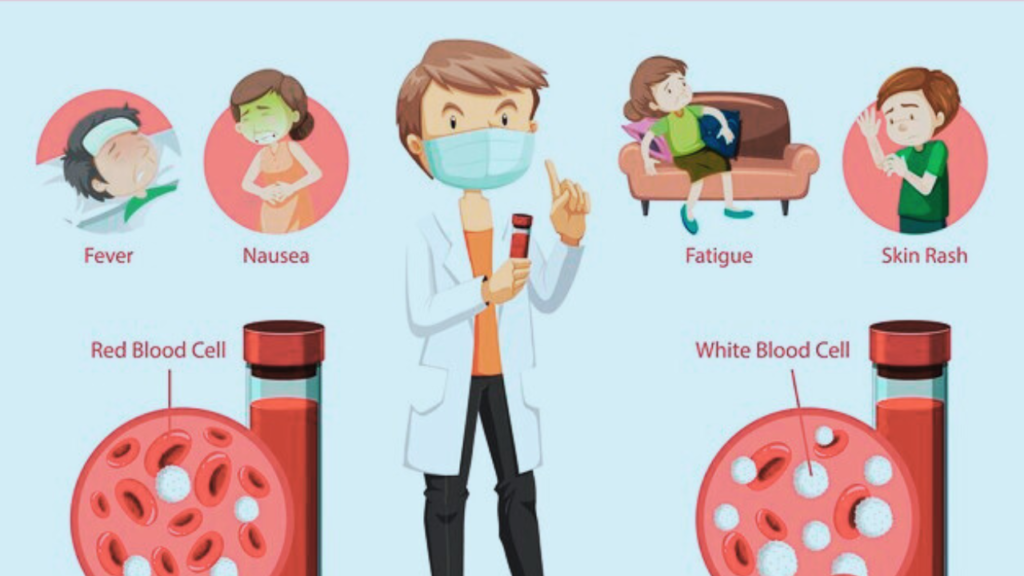
Diagnosis and Treatment:
Early detection is important in the management of leukemia. Diagnosis often includes blood tests, bone marrow biopsy, and imaging tests. Once diagnosed, treatment options may include:
Chemotherapy: Using drugs to kill cancer cells.
Radiation therapy: targeted radiation to destroy cancer cells.
Stem Cell Transplant: Replacing unhealthy bone marrow with healthy stem cells.
Targeted therapy: drugs that target specific abnormalities in cancer cells.
Coping and Support:
Coping with leukemia can be challenging, both physically and emotionally. Seeking help from family, friends and support groups can significantly help in coping with the disease. Additionally, maintaining a healthy lifestyle, following medical advice and staying positive play an important role in the treatment journey.
Living with Leukemia: Navigating Challenges and Embracing Hope
Impact on Daily Life:
Leukemia is not just a physical battle; It affects various aspects of daily life. Managing symptoms, treating and coping with emotional distress can be overwhelming. Patients often find themselves navigating a maze of medical appointments, medications and lifestyle adjustments. Fatigue, a common side effect of both disease and treatment, can significantly disrupt routines and limit activities
Emotional and Mental Well-being
The emotional toll of leukemia cannot be ignored. Fear, anxiety and uncertainty about the future are common feelings among patients and their loved ones. Maintaining mental well-being becomes essential in the recovery journey. Seeking counseling, joining a support group, or practicing mindfulness and relaxation techniques can help manage stress and promote a positive outlook.
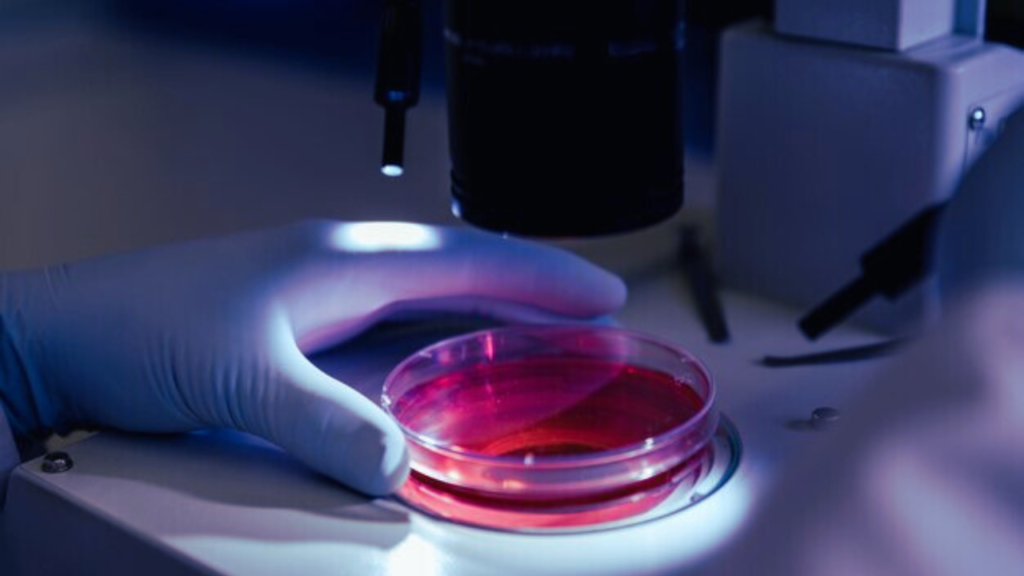
Advances in Treatment
Medical advances have revolutionized the treatment of leukemia, providing more targeted and effective therapies. Immunotherapy, for example, uses the body’s immune system to fight cancer cells. CAR-T cell therapy, a form of immunotherapy, has shown promising results in certain types of leukemia by genetically modifying a patient’s immune cells to recognize and destroy cancer cells.
Precision medicine, tailoring treatment based on a patient’s genetic makeup, has also gained traction. This approach allows for more personalized and effective therapy, reducing potential side effects and improving outcomes.
Supporting Research and Awareness
Ongoing research efforts continue to explore new ways to treat and prevent leukemia. Clinical trials play a key role in testing novel therapies, offering hope for improved outcomes and improved quality of life for patients.
Raising awareness about leukemia is important for early detection and understanding. Education initiatives, fundraising events and advocacy programs contribute to raising public awareness, support for patients and advances in research.
The Power of Support Networks
The journey through leukemia is not a lonely one. It is a collaborative effort involving the patient, caregivers, healthcare professionals and a network of supports. Family and friends provide invaluable emotional support, while the healthcare team provides guidance and expertise. Peer support groups allow individuals to connect with others facing similar challenges, building a sense of community and solidarity.
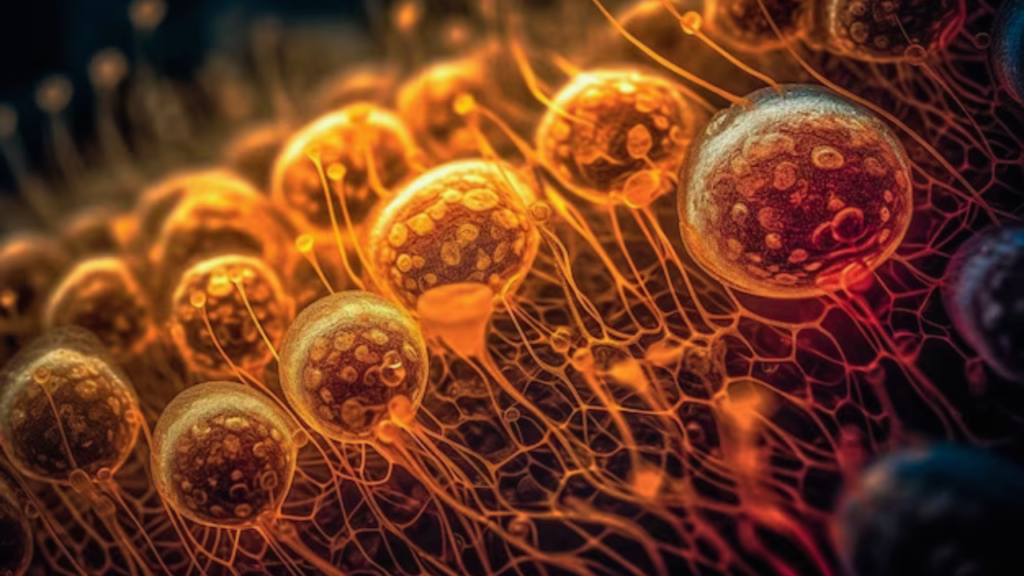
Conclusion: Embracing Hope and Resilience
Leukemia presents a daunting challenge, but it also embodies resilience, strength and the power of the human spirit. Each person’s journey with leukemia is unique, shaped by personal experiences and circumstances. Although the road can be difficult, there is always hope in the form of advances in treatment, unwavering support systems and determination to overcome challenges.
